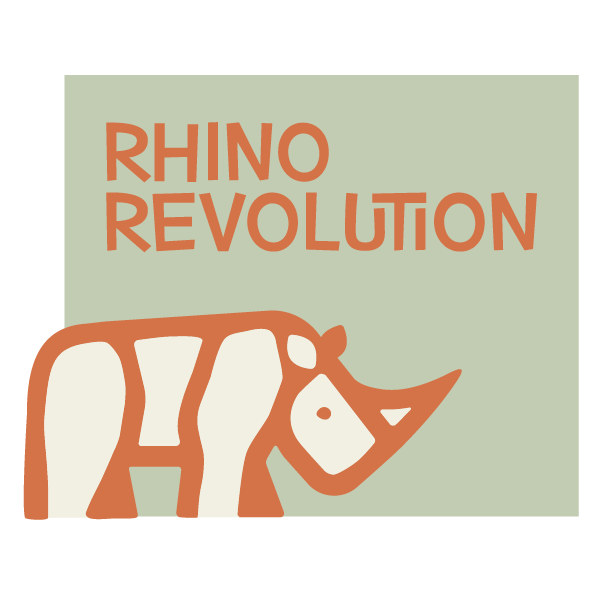Camera traps in conservation are among my favorite tools to use in the bush. They provide a deeper understanding of the activities unfolding in the wilderness, revealing hidden aspects that might have otherwise been missed.
My primary use for these camera traps is monitoring rhinos. They enable me to closely observe these magnificent creatures, ensuring their well-being and safety, without affecting their behaviour in any way. They also serve as a crucial tool in spotting potential threats, such as poachers, lurking in the bush.
One of the remarkable moments captured by these camera traps occurred in 2023 when a black rhino cow gave birth to a calf without anyone knowledge. The breakthrough came when a helicopter, that was part of a separate operation that we were running, spotted them from the air. After repositioning the cameras to the area where they had been seen, we successfully captured footage of the calf. Remarkably, we were even able to determine its gender as a bull at just four months old. Thanks to the camera traps, we could monitor the young one with minimal stress to both the mother and the calf, and the first in person sighting of the calf only occurred when he was 9 months old. Using camera traps gave us an additional 5 months of data about the calf and protection that we could offer.
Beyond rhinos, these camera traps have helped us to discover other elusive species moving around the area, including leopards, brown hyenas, and the more elusive pangolins—creatures that often go unnoticed by traditional observation methods.
I always set my camera traps to record video for two crucial reasons. First, it allows us to capture more details than a photo could, providing a comprehensive view of the wildlife. More importantly, it offers insights into wild behaviours that are not typically witnessed by observers in the field. When humans, conservationists, or scientists are present, animals tend to be on guard, even if they appear relaxed. Camera traps unveil a more natural state of behaviour when no one is around, offering a deeper understanding of their true nature. For instance, we’ve observed interactions between white and black rhinos that wouldn't have been possible with direct human presence.
As camera quality continues to improve, providing clearer footage, we are excited about the prospect of discovering even more about the intricate lives of wildlife in the future.
Stay tuned to see more as we share our camera trap highlights over the coming months
